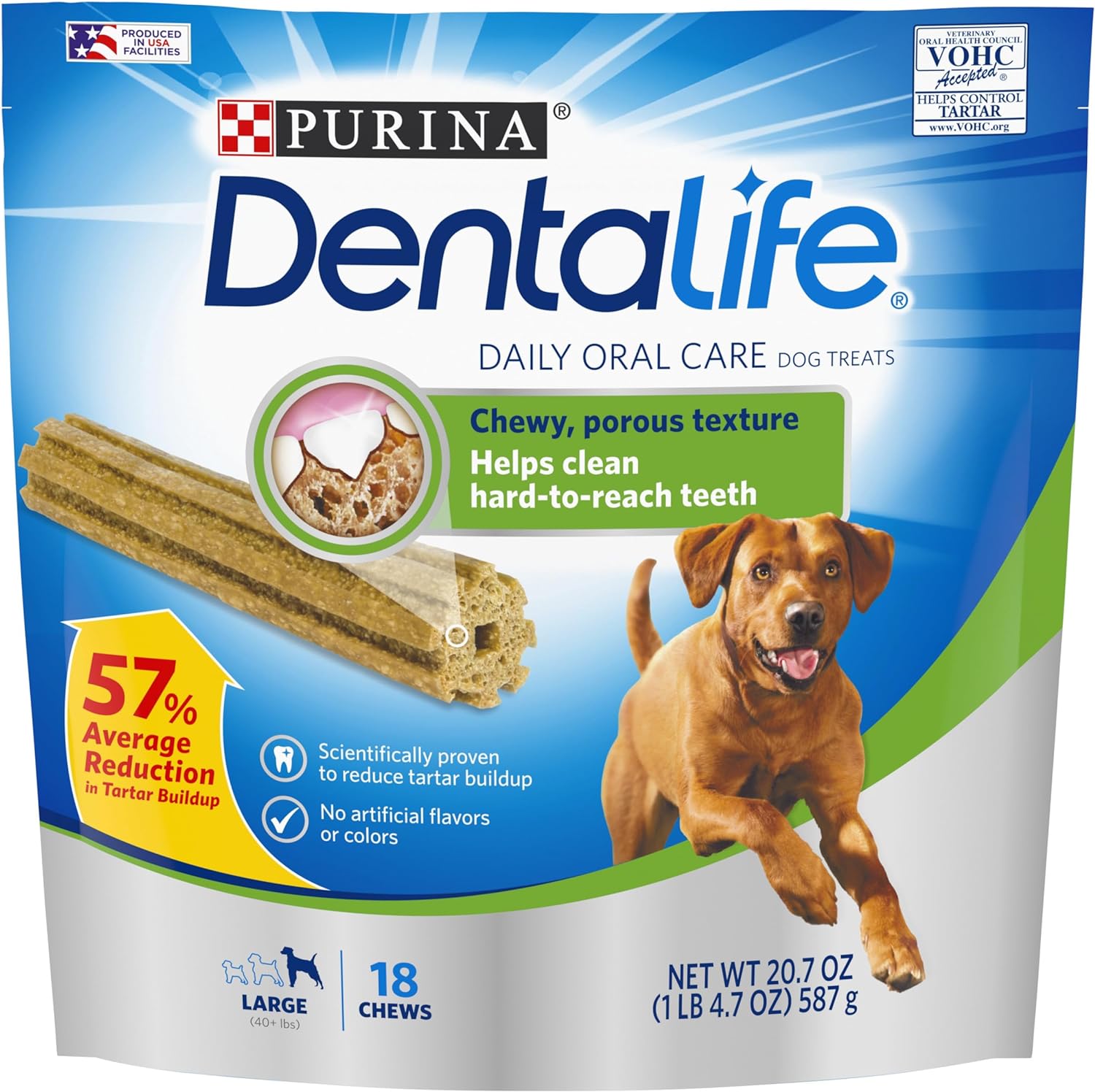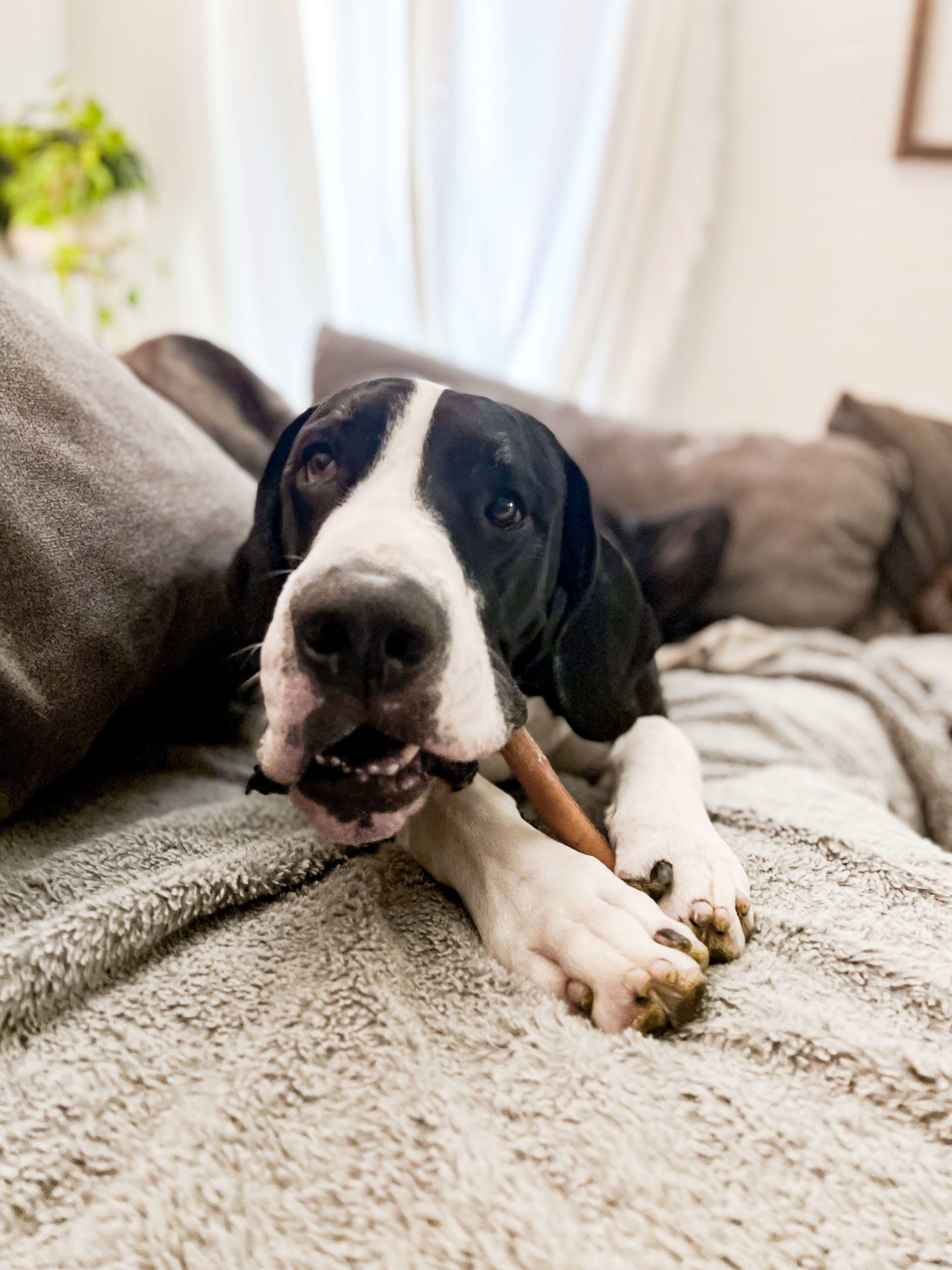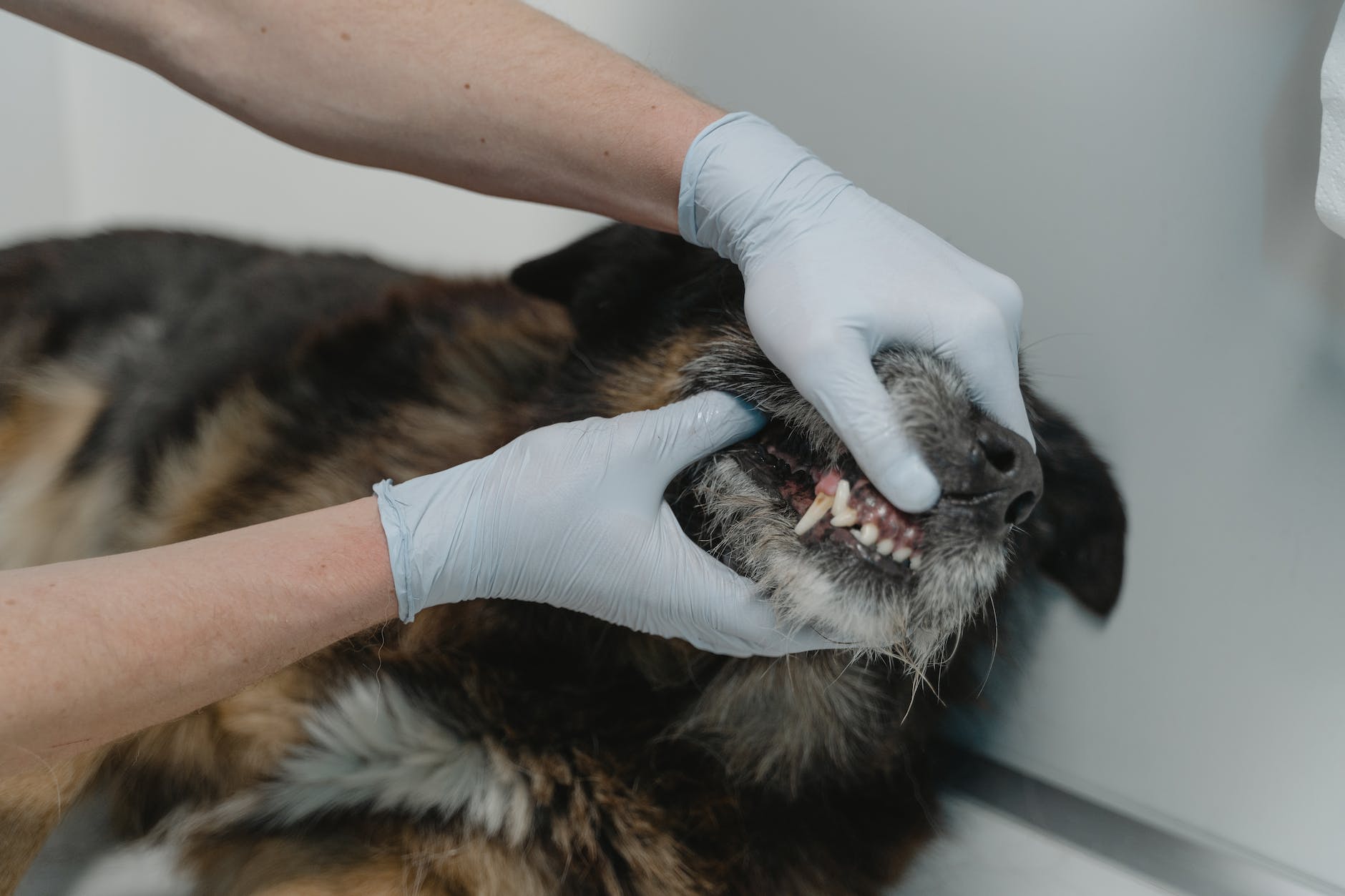
I started using Purina Dentalife Dog Chews last year after my Amazon Fresh account recommended them during a routine shopping visit. As an evidence-based pro-veterinarian

I started using Purina Dentalife Dog Chews last year after my Amazon Fresh account recommended them during a routine shopping visit. As an evidence-based pro-veterinarian

Unfortunately, Great Danes, like many larger dog breeds, have shorter lifespans compared to smaller breeds. In this blog, we’re going to explore the key factors

Happy New Year, Dane lovers! It’s time to make our list of 2023 Resolutions and this year I’m calling it “Do Better for Danes”. Here

If you are looking for the best dog chews recommended by vets, we’ve created a handy guide for you! Not all dog chews are created

Today I’m sharing 5 great reasons to have your dog’s teeth cleaned by a veterinarian! Dental health is important for both humans and dogs. Just